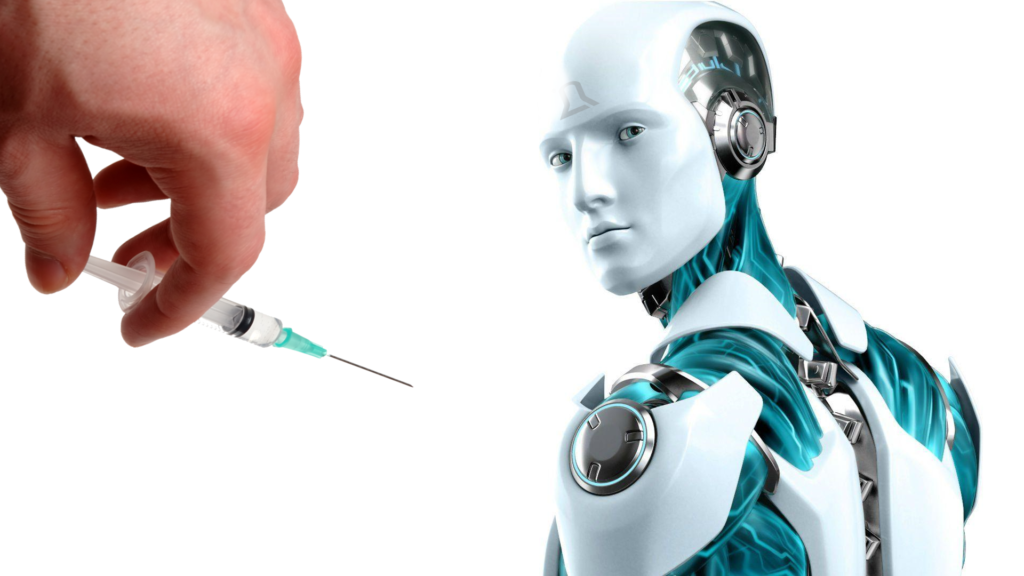
[This article has now been released from the Sage’s Cave and all Labbers should be able to access it.]
Introduction
As I hacked my way deeper into the brain I came to understand more and more about the mysterious ways of the brain, but I was surprised when I reached the deepest part of the brain – the actual engine room of the mind – and there it was waiting for me… in full view – the mechanism of addiction!
Please help me get this message out to the world so that we can change the perception towards addiction. There are so many people needing help!
Stepping inside the mind
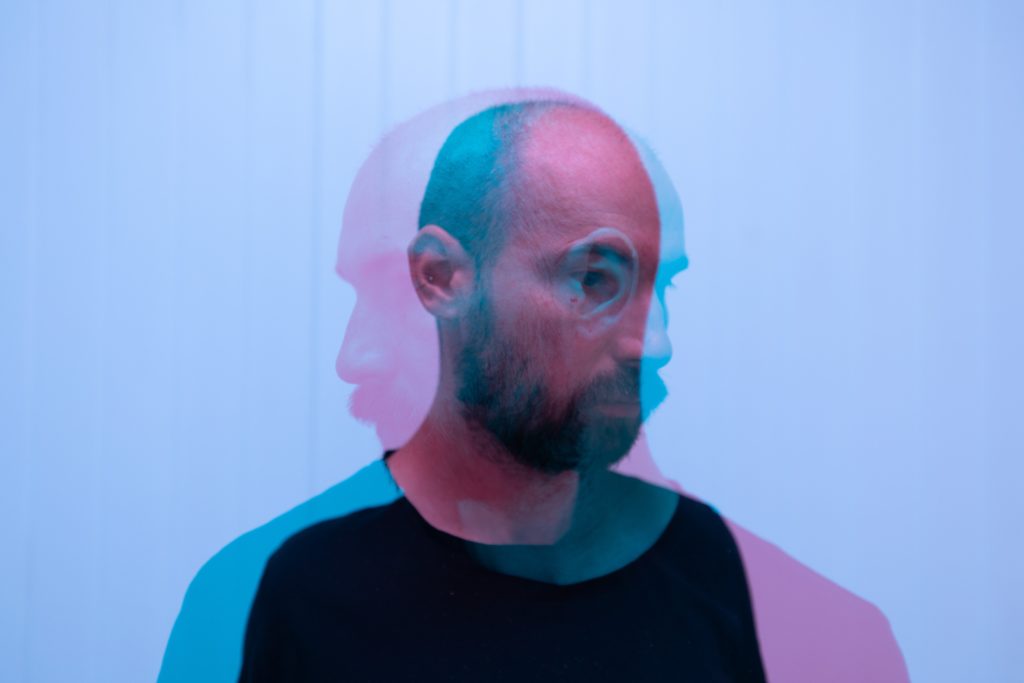
As we step inside the mind, we will force our way through the outer layers – mainly chambers where much of the signal processing is taking place. I can hear the loud whizzing and rattling of relays doing one thing and one thing only – processing masses of data. We can pretend we are in a massive factory we are winding our way through the production lines.
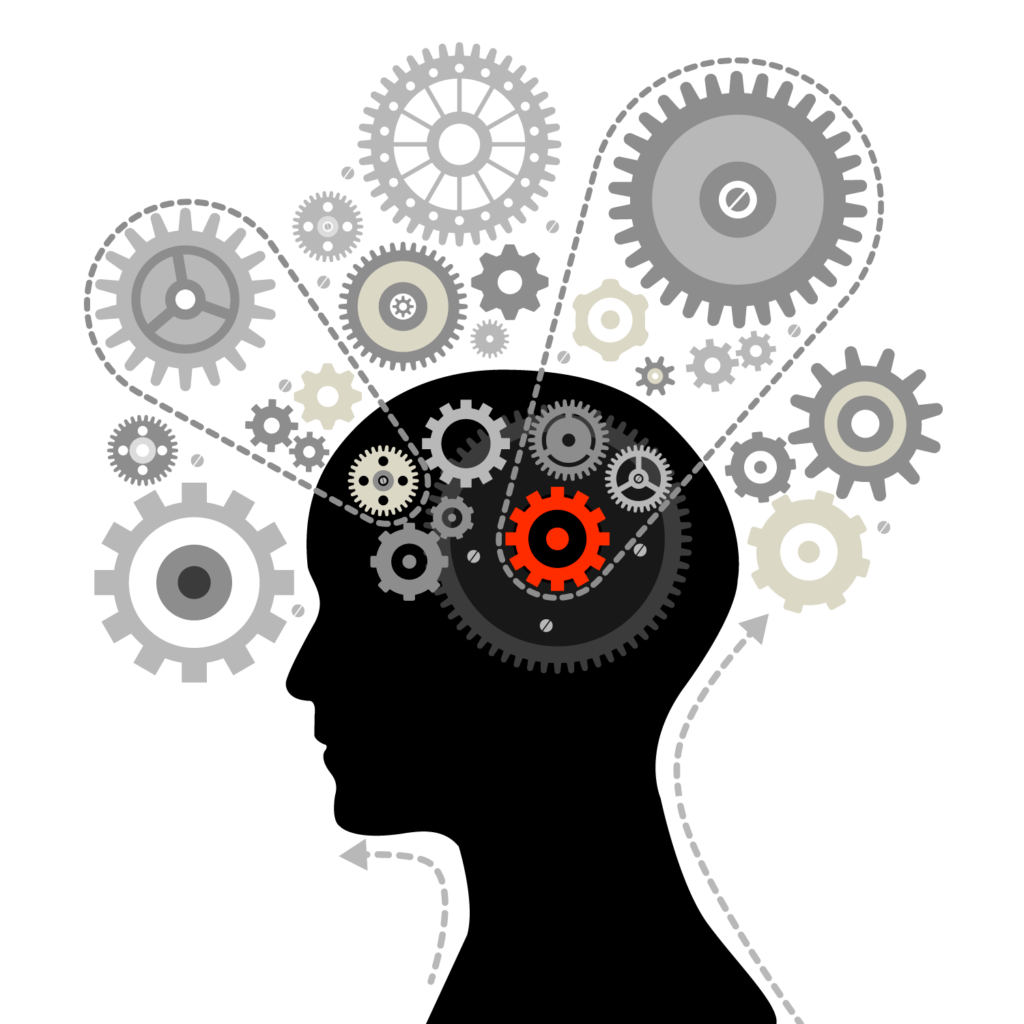
As we get closer to the engine room the heat starts to increase and the noise gets louder. The areas we pass through will have different functions – cranking out emotions, forming associations, responding to reflexes, managing language, processing sensory data and homeostatic regulation to keep the body in balance – imagine all the dials! Remember, this is one of the most complex factories in the world aimed at keeping its key shareholder – the brain owner – breathing, sensing, thinking, feeling and solving problems in order to stay alive.
We walk past some archaic old machinery that has not been changed for millions of years (it’s all Bakelite and brass down here!) regulating heartbeat, blood pressure, fight or flight responses injecting the right amount of hormones at just the right moment – all of this is effectively the body’s Facilities Management section.
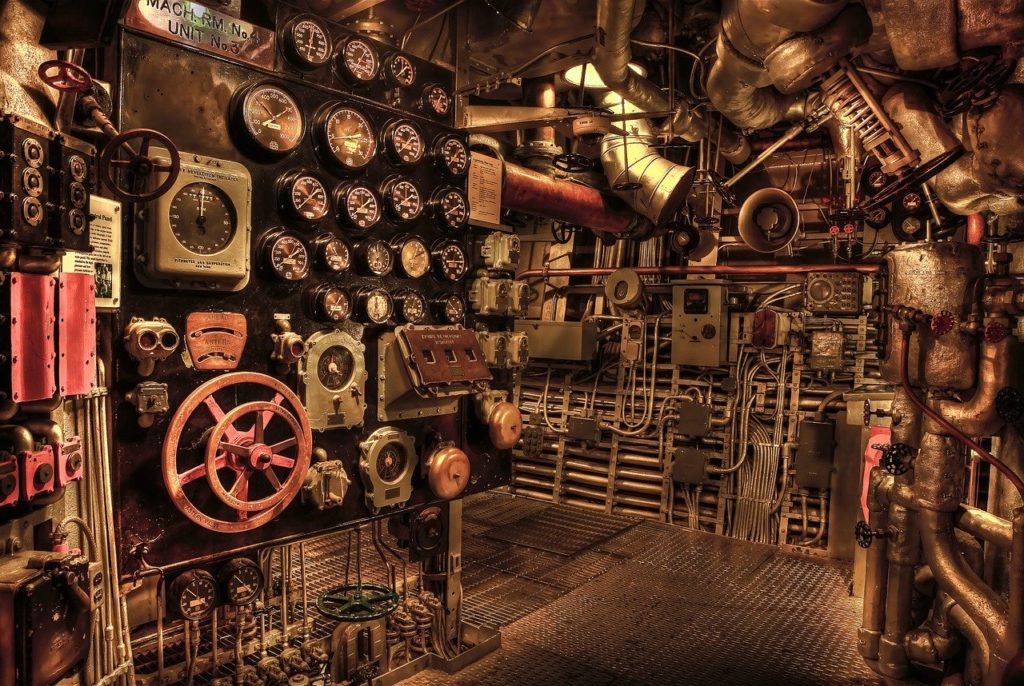
On the way to the ENGINE ROOM of the brain!
We are now getting closer to the center of the brain and enter an exceptionally busy area with big fly wheels, gears, cogs and pulleys – and massive amounts of electrical cables. What happens in this area is the information coming from the memory part of the brain is combined with the real-time inputs from the senses.
With the noise and heat rising , we shuffle towards a heavy steel door that says ENGINE ROOM – and open it.
As we step inside the room we see these things around us…massive ‘rotating arms’ driven slowly by a central shaft – almost like the over-sized rods in a huge piston engine. The big central shaft turns many gears, cams and pulleys, which in turn drive other mechanisms.
Strangely, in the one corner there are some of these rotating arms standing dormant. Although connected to the central shaft, they are not turning with it…
They seem to be doing nothing…not processing any information or helping the brain go about its important business. Why are they here?
This is the last room one can enter in the brain. There are no other doors leading out from this room. All behaviours start here. We have reached the centre of the mind.
We see the ‘rotating arms’ turn the flywheels, pulleys and gears – cranking out what would become motions, thoughts, fears, urges, ambitions, dreams and hopes.
Now we move towards the dormant rods in the corner – they are not moving but the central shaft is turning inside of what looks like large pulleys – bigger than any of the other moving pulleys.
There are these strange pipes coming down from the roof to the area where the huge dormant pulleys are seated on the rotating shaft. Objects are dropping down through the pipes – they have awkward shapes…a heart, a star, etc – but they just drop and then fall away through a trap door without doing anything. It is like they are trying to fill the gaps between the shaft and the pulleys but are never the right size and shape…
Then there is a strange rattling noise and a few perfect squares fall down the one pipe. One of them slip into the gap between the shaft and the pulley – and there is a shudder and one of the huge dormant arms starts moving – slowly cranking into action. It is much larger than any of the other rotating arms, and it is driving a huge pulley which in turns starts turning other pulleys. From the shear size of it it is clear that this massive arm is taking over most of the information processing done by the others. It is impressive….powerful…and I realise I have just seen an addiction mechanism kick into action inside the brain.
It was all caused by the cube that had dropped down through the pipe and lodged into the gap between the shaft and the large pulley – almost as if it was specifically designed to fit into that gap. That’s what kicked it all into motion…
(Click the play button on the image below)
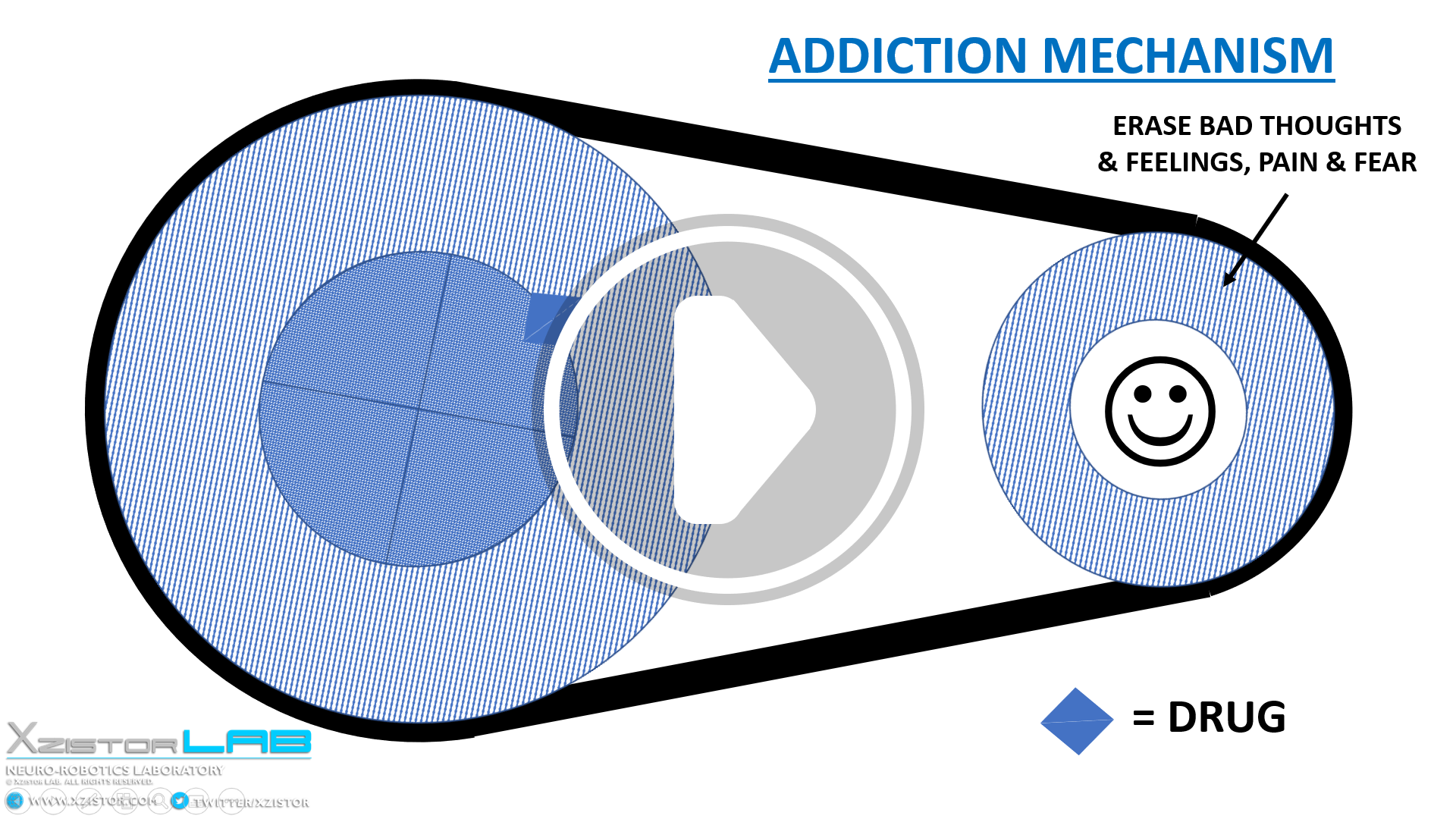
It became very clear to me. All those massive dormant levers in the corner of the ENGINE ROOM were addiction mechanisms – just lying in wait for the right sized and shaped object to fall down the pipe and fill the gap between the shaft and the pulley – and suddenly it would start rotating and become part of the lowest level behaviour machinery in the mind – taking control of cognition and emotions. Scarily, it operates right there on the very same shaft that generates the other lowest level behaviours – not just changing the brain into a fundamentally different machine…but effectively turning the owner of the brain into another person…
This shocked me.
Addiction is not an attitude, a weakness or a personality trait thing. It is an overwhelming ‘annexation’ of the mind, that part where all of our behaviours originate.
The person who has become addicted to a substance is not the same person we knew before this happened…it is a COMPLETELY different person. Just because they look the same, have the same friends and family, drive the same car and have the same memories does not mean it is the same person, because the motivational logic has been altered, which will redefine values, needs, responses, decisions, priorities, etc and result in completely new personalty.

This insight from working with the Xzistor Concept brain model has fundamentally changed my attitude towards drug addicts. Where I could have been accused of thinking they were weak individuals with a lack of discipline and a bad attitude towards life…I now see them as ordinary human beings who have made a simple single mistake by trying a drug, often under pressure from friends or difficult circumstances. That would have been DAY ZERO…effectively the day the right sized square fell through the roof and an ordinary person was ‘modified’ into a new person. This explained to me why caring mothers would abandone their children to go in search of a Fentanyl fix. The real person would never have done that…but the person that she was before the addiction does not exist anymore…and a new human is born into this world, born to suffer and inflict suffering on others.
I do not judge addicts anymore. If I read about mothers abandoning their children, and learn that they were drug addicts, I just think about those addiction mechanisms deep in the minds of these poor individuals, that will always have the final say.
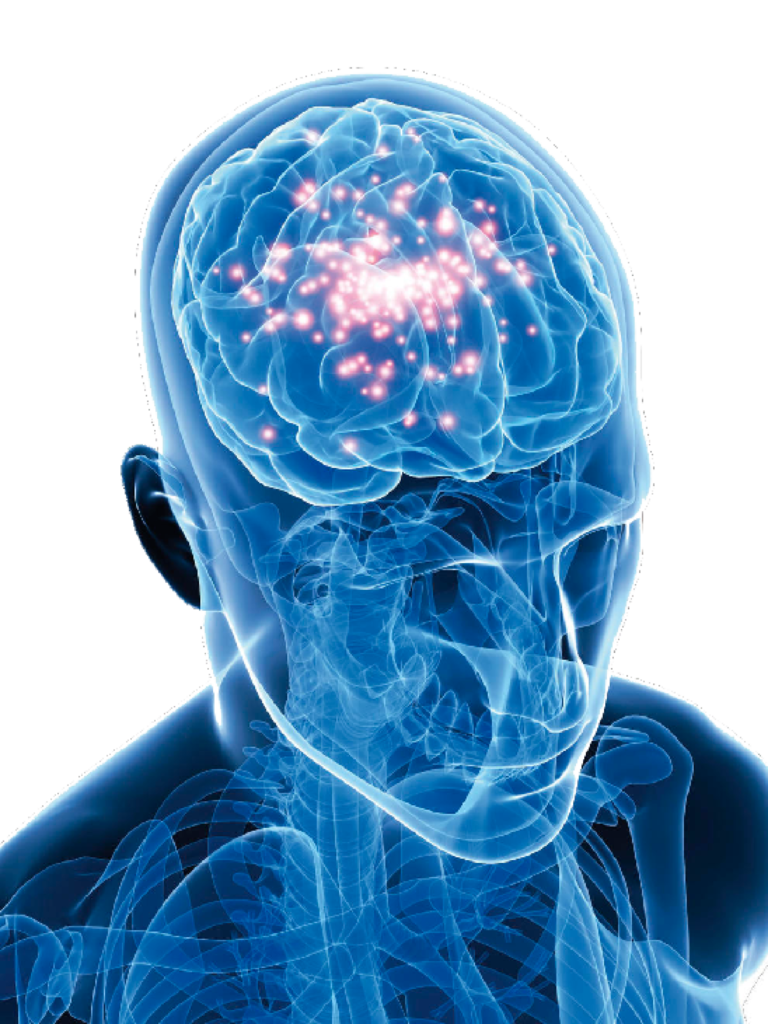
I know nothing about treating people with addiction problems but this model would suggest a case could be made for taking someone by force and removing them from the drugs so that the drug mechanism can grind to a halt. My hope would be that the addicted person will turn into the ‘old person’ again and one will be able to have a rational discussion with them about what happened to them and where they were...and how best to avoid this in future. But I do not really know.
Going by the mathematics of my brain model, there might be reason to consider such disruptive therapies where a person is sedated completely for say 3 to 4 weeks to get that ‘driver’ (our ‘rotating arm’) to come to a halt and lose its grip on the deepest dungeons of the mind.
Going back to DAY ZERO…one could say an individual applied their ‘free will’ to go down the route of trying drugs for the first time. But the Xzistor Concept throws up an interesting revelation about ‘free will’, which will be the subject of my next project here in the Sage’s Cave.
Afterthought:
There are many latent addiction mechanisms lying in wait in the brain when we get born – think about things like coffee, nicotine, cocaine, amphetamine, ketamine, heroin, etc. etc. all ready to be unlocked by the right substance in the blood stream.
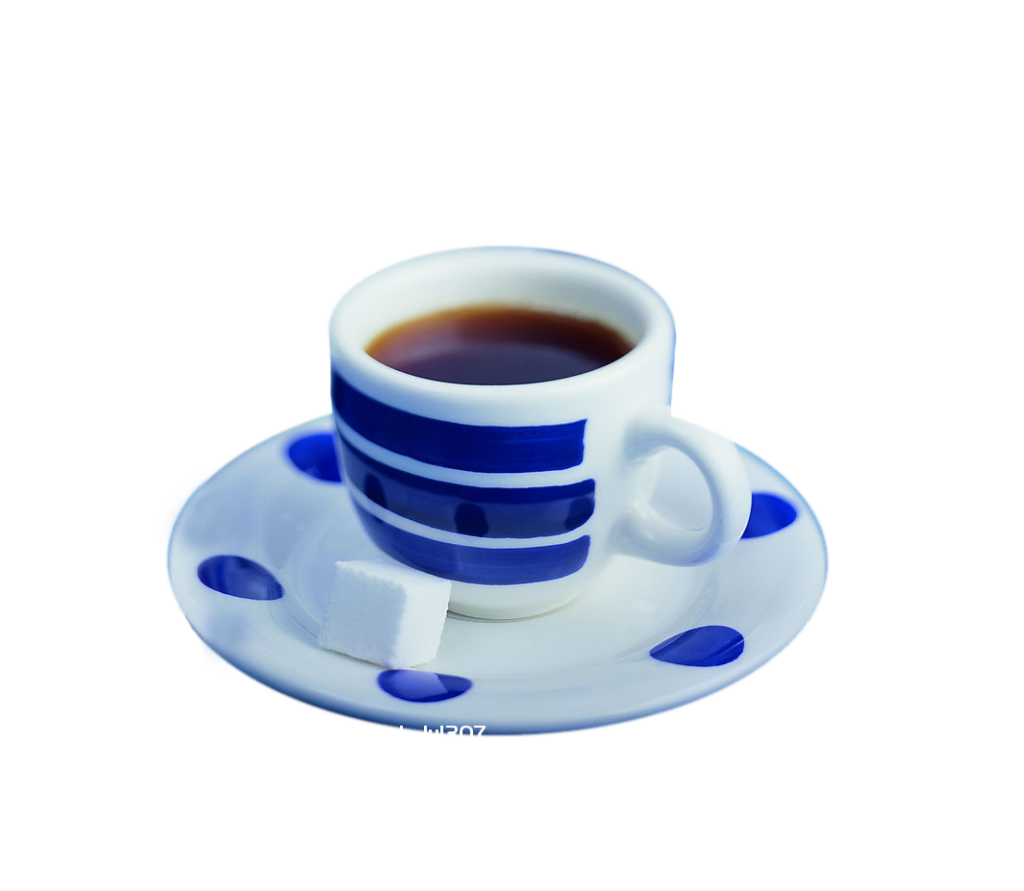
Of course drinking a cup of coffee does not change someone into a another person…or does it? A coffee shop owner at Paddington Station in London once told me how different her friendly patrons are in the morning before they have had their coffee…agitated mainly and jittery as they wait in the queue, while much friendlier in the afternoon after work and many cups of coffee.
So as chemicals change in the body there will be small differences in behaviour that becomes noticeable, but nothing that will suggest that the individual has changed into another person. There comes a point however when the behavioral change is so severe that it renders a person dysfunctional, a risk to themselves, their families and society and sometimes turns them into criminals.
A few of these chemicals will work like that overpowering ‘rotating arm’ we have used in our analogy and could change a law-abiding family man into a callous killer. Sometimes I think drug dealers should realise that getting someone addicted is worse than murdering them – for addicts the suffering is prolonged and devastating, but with a murder the suffering is finite, often over quickly. Drug dealers probably do not realise this but selling drugs is worse than committing murder.
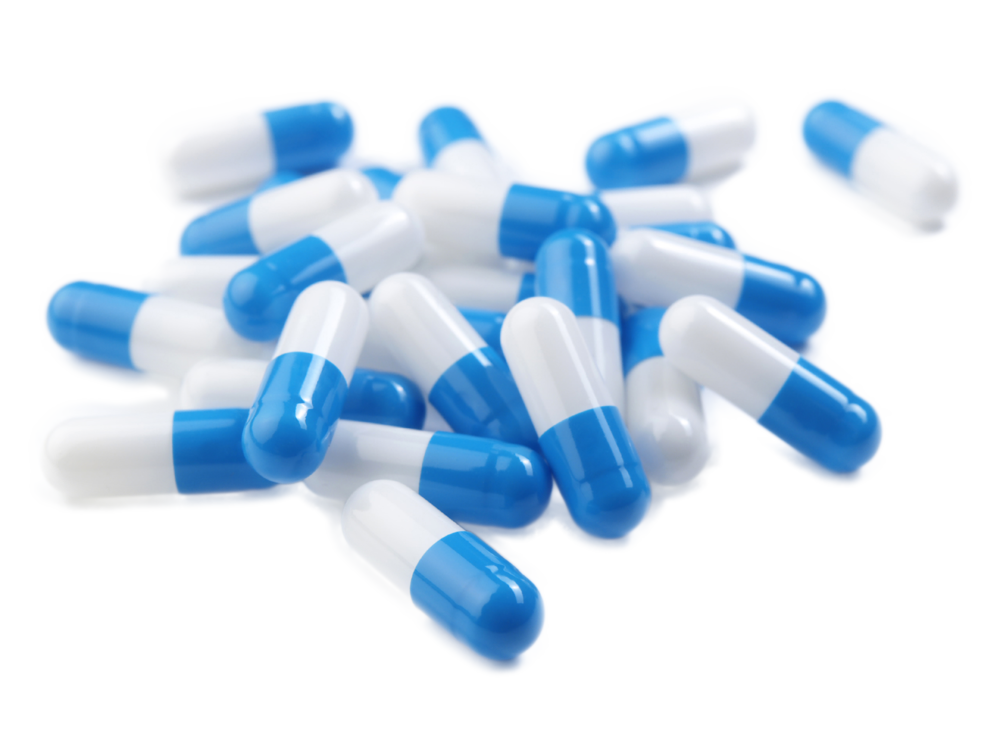
Hi
Drugs are from outside the body. An addiction to something external.
How would you picture the engine room to be with someone who has a food or sex addiction etc.
Food in general has no mind altering properties and physical sexual activities isn’t always necessary to obtain a high.
Good question! I would answer it as follows: Food and sex are already included in the turning arms in the engine room and already turning and driving the behaviour of the individual. They do not need any ‘drug’ before they will start working. Thirst is another example – the body’s need for water. You are addicted to these from birth. One can reason that the sex addiction mechanism only develops fully during puberty after which it remains active for a long time before it becomes weakened by old age. Here is the startling fact: Your deepest behaviours are driven by fixed addictions (food, water, sex, oxygen, not too cold, not too hot, not too tired, etc.) and by addictions that were dormant and then received the substance they need to be activated (coffee, nicotine, alcohol, painkillers, cocaine, etc.) Many of a person’s complex learned behaviours like working for money to buy food, dating people with the hope of starting a relationship, buying an electric bike to avoid walking, etc. in the end comes down to satisfying these resident addictions. The moment all these addictions are satisfied, the brain turns its behaviour from these to looking for entertainment… Thank you for your question – welcome to challenge!